In honor of Black History Month, we watch and discuss many of the influential black horror films referenced in the documentary “Black Noire” on Shudder.
Horror Noire: A History of Black Horror (2019) is an exceptional Shudder original documentary (based on the 2011 book of the same name by Robin R. Means Coleman) that traces the history of Black representation in horror films — and their love for, and experiences in, the genre.
Directed by Xavier Burgin and written and produced by Ashlee Blackwell (Graveyard Shift Sisters) and Danielle Burrows, the film reflects on the influential Black horror films through the decades, from 1915 to the present, and discusses the trends and shifts in representation over the years. It’s both incredibly insightful and inspiring.
Inspired by a call to action on Twitter by Phil Nobile, Jr., the Editor-in-Chief for Fangoria and one of the Executive Producers of Horror Noire, the Morbidly Beautiful staff watched many of the Black horror films referenced in the documentary and recommended by Shudder (many for the first time).
On the heels of a history-making Oscars ceremony, in which the largest number of black actors ever were awarded the coveted gold statue and — for the first time ever — the majority of acting winners were people of color, we hope the following list will help you discover some of the great Black horror films from the past several decades.
Black History Month may be coming to an end, but these 13 films (and so many others) deserve your attention year-round.
13 ESSENTIAL BLACK HORROR FILMS
1. Bones (2001) dir. Ernest R. Dickerson
Reviewed by Alli Hartley
Snoop Dogg plays the titular BONES, a gambling hustler who nonetheless is kind to children and gives back to the poor but happy community in a rosy, sepia-toned callback to blacksploitation movie of the seventies. When Bones is murdered, he’s buried the basement of his gothicly beautiful house. 20 years later, young businessman Patrick (Khalil Kain) comes to the neighborhood, having bought Bones’ house with the hopes of turning it into a club. Despite the warnings of the neighborhood, and particularly the neighborhood psychic Pearl (Pam Grier), lines are crossed, doors are opened, and Bones is unleashed. Patrick and his friends must find a way to exorcise Bones as Bones takes his revenge on all those who wronged him-including Patrick’s father.
BONES is a quintessential movie of the new millennium.
It’s got that sleek early 2000s look — and it’s a silly mess filled with attractive young people in a haunted house. That alone makes it utterly watchable. The subplot of the unnamed poor community, Patrick’s idea to invest in it versus his father, and Jeremiah’s instinct to run as far as he can adds some interesting moments — bringing up socioeconomic issues across generations. It’s telling that Jeremiah, in moving to a better neighborhood, married a white woman.
Unfortunately, this story is blended with another, one of Bones himself and his rise and fall in the over-idealized seventies. Jimmy is the benevolent savior to his community in sequences that are cringingly facile. His story fights for prominence with Patrick’s, and the end result is a mishmash of shifting tones and uninspired gore. The story beats seem stitched together, and the special effects are lacking. Even Pam Grier, usually a standout, is wasted in this movie. The sad part about BONES is that there is a place for both films — that of the haunted club and that of the doomed hustler — and I would have watched both of them. But that unholy Frankenstein of a script…
With the Oscars seemingly working hard to change its unfortunate #OscarsSoWhite image, hopefully we’re finally getting to a place where we can include African-American actors in horror roles that are more inclusive than the pimp, the best friend, the sacrificial lamb, or the wise old man. The fact that BONES is one of the few African-American-led horror films of the 2000s is a deeply sobering thought. Horror films are for everyone, and it’s time that horror began to reflect so many of its fans.
Despite the film’s shortcomings and its lackluster reception upon release, BONES is a classic representation of contemporary Black horror that pays loving homage to the blaxploitation films of the 1970s. Even if it’s not perfect, it’s an important film in the pantheon of Black horror and is worth checking out — and you can find it streaming now on Shudder.
2. Ganja & Hess (1973) dir. Bill Gunn
Reviewed by Jeremy Herbert
As Shudder’s Horror Noire celebrates the overlooked history of black genre cinema, a tragic subtext builds with every mention of movies lost and forgotten — if these works weren’t buried, what would horror look like now? None of them quite like Ganja & Hess, often relegated to a single line of trivia — the only movie Duane Jones ever starred in besides Night of the Living Dead. And, until recently, good luck finding it.
As an actor, playwright, novelist, and filmmaker, Bill Gunn faced the same resistance from four different directions. When some enterprising producers enlisted him to make a black vampire movie, they wanted something that could ride the Blaxploitation wave alongside Blacula and its sequel (both covered in Horror Noire). When those producers got a nakedly personal allegory for addiction, constructed in a singularly disjointed style that borders on free-association, they refused to distribute it. The original cut of Ganja & Hess got a standing ovation at Cannes. The producers ripped out almost an hour and released it to the drive-in crowd as Blood Couple.
46 years later, now that Kino Lorber has restored the only negative left of Gunn’s intended cut and services like Shudder have it streaming, Ganja & Hess is more accessible and impenetrable than ever.
There’s no way to describe it in brief without doing it injustice. It toys with exploitation convention as much as filmic language itself. The nudity is mostly male. Conversations spiral off into anecdotes that characters forget to end. Blood flows, but rarely do we see it spill. The opening titles tell us something that hasn’t happened yet.
Nobody else could’ve ever made Ganja & Hess the way it was made besides Bill Gunn. For all its frustrations, it enthralls.
For its occasionally languorous pace, time loses its diction. Even if its roving explorations of addiction, faith, and cultural identity lose you in the experimental fray, one effect remains the same.
This is a film that doesn’t look, sound, or feel like its contemporaries. Its perspective and approach are alien to 1970s horror and, for a long time, horror as a whole. Had it not been stifled and stamped out before ever reaching an audience, Ganja & Hess couldn’t have been brushed off as trivia, as the only other movie Duane Jones starred in after Night of the Living Dead.
3. Night of the Living Dead (1969) dir. George A. Romero
Reviewed by Todd Reed
George A. Romero didn’t invent the zombie movie, but he did reinvent it with Night of the Living Dead.
Johnny and Barbara (Russell Streiner and Judith O’Dea) are placing a memorial on their father’s tombstone when they are attacked by a zombie. Johnny is killed, and Barbara flees to a farmhouse. She is later joined by Ben (Duane Jones). As Ben secures the house, they discover people hiding in the cellar – Harry and Helen Cooper (Karl Hardman and Marilyn Eastman) with their daughter Karen (Kyra Schon), ill from a bite from one of the creatures; and Tom and Judy (Keith Wayne and Judith Ridley), two teenagers. With zombies moving in, the danger outside the house is mirrored inside the house as Ben fights with Harry for the best course of action.
Before George A. Romero’s classic film, the living dead was mostly associated with voodoo and reanimated corpses. Romero’s film recreated the zombie and the effects are still being felt today.
The movie had repercussions well beyond the initiation of a new genre of horror films. Made outside the studio system in 1968, it was the first independent film to achieve wide success and inspired independent filmmakers for generations. Its depiction of violence and gore was also unusual in cinema, and it would give directors like Tobe Hooper and Wes Craven free reign to continue pushing the boundaries.
But probably the biggest impact the movie had was that if proved horror could be more than matinee and drive-in fare — it could tackle social and racial issues — a theme that would influence Romero’s future works.
The casting of local black stage actor Duane Jones as the lead, Ben, (Romero didn’t set out to cast a black man in the role; but cast him because he was the best actor for the role) is transformative, even if it didn’t necessarily change the genre. The original role called for Ben to be a simple truck driver. Jones was aware of the social impact of his casting, and his portrayal of Ben as a strong and stable hero was a bold move for the turbulent 60s.
And the social impact of the ending (spoiler alert) — when Ben, seemingly safe from the night of horror, hears the militia moving outside and moves to exit the house only to be shot without hesitation by a roving white militia — is just as powerful today in our current climate as it was in 1968.
Night of the Living Dead is currently streaming on Amazon Prime. In addition to the original film, there is an HD version of the film, a colorized version, and an animated version available for streaming with your subscription.
4. Candyman (1992) dir. Bernard Rose
Reviewed by Tavera Del Toro
The closest to a movie urban legend, Candyman was a unique film for its era and storyline. With a villain who was African American, and a heroine who was a Caucasian woman, the characters were as different as one could imagine.
An upper-class college grad student named Helen (played by Virginia Madsen) steps into a culture and a world she doesn’t know to investigate the urban legend of Candyman, a vengeful ghost (played by the great Tony Todd), the son of a slave who found a way to prosper before he was murdered by racists over a hundred years ago.
However, the Candyman wasn’t a legend to the residents of Cabrini Green, a super complex of urban blight in the Chicago area. To them, he was real. The Candyman came into existence because of the racism in 19th century American history; he had sex with a white woman, and her father and a mob lynched him. Now he returns in avenging angel form to strike with his famed hook those foolish enough to state his name five times.
Not your average horror slasher film, Candyman is noted for being a rarity in the genre by confronting very real horrors such as racism and class issues, while still delivering plenty of supernatural scares.
The film also makes it a point to show the lack of police interest over the murder of twenty people in the Cabrini Green complex, murdered by the Candyman, obviously a nod to modern racism/discrimination. It is a disturbing story where race, hate and even love mix into a deep horror storyline. There were two sequels, but none had the drama and originality of the first film. The movie has become a cult hit — and Candyman and his hook, a horror icon.
Sadly, this 1990’s gem isn’t currently available on digital streaming, but you can pick up one of the DVD or Blu-ray editions, including the recently released Collector’s Edition from Scream Factory. Trust us, it’s worth it.
5. The People Under the Stairs (1991) dir. Wes Craven
Reviewed by Jackie Ruth
I recently watched The People Under the Stairs for the first time, just a day after watching Shudder’s Horror Noire documentary. As a Wes Craven fan, I’d been meaning to see the 1991 film for a while, but just never got around to it. I’m so glad now that I’ve watched it, and that I waited so I could appreciate the greater context surrounding it.
Just because the movie is nearly 30 years old doesn’t make it irrelevant to today’s culture.
This film actually inspired me to dig a little deeper, and I found out that Craven made it as a social satire about the Reagans and how Republican policy was ruining the lives of so many Americans. Of course the idea of greedy, rich white people taking the homes, money and livelihoods of poor black people is not something left in 1991.
Fool is a strong and likable protagonist, and it’s great to see that role filled by a young black boy — an uncommon occurrence in horror, especially at that point in time.
The movie is by no means perfect, and some parts of it age more poorly than others. But it doesn’t need to be perfect to send its message, which I think it gets across clearly. It’s said best by Fool himself when he finds the hoarded (but unused) treasure trove: “No wonder there’s no money in the ghetto.” Thanks to Shudder, if you’re like me and still haven’t seen this highly influential film from one of the Masters of Horror, you can fix that right away!
6. The Alchemist Cookbook (2016) dir. Joel Potrykus
Reviewed by Richard Tanner
February is an interesting time for horror fans. It’s the month of Valentine’s, which makes us all a little doe eyed when we watch My Bloody Valentine. However, it is also Women in Horror Month and Black History Month, which gives us a double dose of overlooked gems and a time to reflect on a few game changers along the way.
I got a chance to revisit one of the best indie films in recent years, The Alchemist’s Cookbook. Joel Potrykus’ genre-bending flick follows Sean, a young black man on an isolated quest to decipher the mysteries of the arcane and to fine fortune. Of course, the principles of equivalent exchange is anything but equivalent.
This film deserves praise for almost every aspect of it, but the cast absolutely kills it.
Sean, played by Ty Hickson, is such an interesting character! He is more than just a troupe. He listens to everything from classical music to hip hop to punk. He practices witchcraft and alchemy in the woods… not voodoo. And he isn’t afraid to break toxic traits usually forced on to young black men by films and society in general.
This character takes a film about demons and magic and makes it very socially conscious. Potrykus has always been a voice for the poor and low class, but with a little forethought he is able to shatter preconceived notions of race and class without being preachy. He progresses equality without you realizing he even did it.
Black History is full of horrors, but horror has always been the great equalizer. When faced with a true fear…we are only known by our screams!
You can check out this gem of a film now over at Shudder.
7. Abby (1974) dir. William Girdler
Reviewed by Josh Hancock
“With its grimy colors, glitchy audio, and no-budget effects, 1974’s Abby remains one of the most impressive demonic possession films from a bygone era.”
Directed by William Girdler, 1974’s Abby remains a a classic of “blaxploitation” cinema, a low-budget possession tale that steals gleefully from The Exorcist while still maintaining its own demonic vibe.
The film tells the story of Abby, the young and attractive wife of a minister, who quickly becomes possessed by an entity that causes her to erupt into psycho-sexual madness. Despite the movie’s outdated look and inexpensive special effects, many of the scenes are truly chilling, including when Abby stabs herself with a cutting knife while preparing dinner and when she verbally and physically assaults a female visitor who comes to the house.
Even though many of the sequences do seem borrowed from other more lavish and well-known films (for example, Abby vomits, levitates, and speaks in a different language; in an early scene, she goes to the hospital for a series of medical tests that are nearly identical to the ones that Regan MacNeil undergoes in The Exorcist), Abby is far more diabolical and brazen than the characters who inspired her creation.
Girdler’s courage in showcasing a protagonist who knows no sexual and murderous bounds makes for a very entertaining watch; moreover, the film’s lean running length means that the director wastes little time in getting to the satanic action.
Carol Speed is fantastic as Abby; while her voice is clearly dubbed in favor of a more animalistic growl, the actress contorts her body, widens her eyes, and performs in all manner of the grotesque in order to highlight her character’s decline into depravity and madness. The movie boasts a funky soundtrack that captures the spirit and energy of the time period, while the script itself remains tight and focused throughout.
Many modern horror films are so glossy and over-stylized that the “fear factor” barely registers with audiences; Abby, with its scratchy surface, inadequate lighting, and frantic editing, is actually a scary movie, especially if watched with the right frame of mind.
A cult classic that deserves a wider audience, William Girdler’s Abby is a horror gem, a bizarre and bold film that wields a special demonic power even today. You can check it out for yourself, as the film is currently available on YouTube.
Reviewed by Patrick Krause
After watching the Shudder documentary HORROR NOIRE, I was determined to watch one of the few blaxploitation horror films I hadn’t yet seen — ABBY, starring Carol Speed and Blacula himself, William Marshall.
One of the problems of watching this movie is that it’s notoriously difficult to find, ummm, honestly. When ABBY came out, Warner Bros. sued to stop the distribution of the film based on a copyright violation of THE EXORCIST. There are some copies of the old DVD release of ABBY out on eBay and the ever-reliable YouTube (sorry American International Pictures).
ABBY is an interesting possession movie. A housewife, and god-fearing woman, Abby is possessed by a demon that calls itself Eshu, a spirit of chaos, whirlwinds, and is known as a trickster. Unlike most possession movies where the possessed is tormented, Eshu just wants to party and have sex while inhabiting the body of Abby.
In a weird way, it’s an incredibly feminist film.
Abby breaks free of the shackles of her marriage, and her life serving others and her husband. She uses men and tosses them aside, literally, when they are no longer a use to her or annoy her. To paraphrase my step-daughter, Abby “does what she wants.” It’s all undone during the inevitable exorcism scene when Dr. Garrett Williams (William Marshall) openly mocks Abby/Eshu’s wants and desires during the ritual. But maybe that’s also a commentary on the women’s rights movement, for every attempt women make to claim their power, men are there to try and deny them their progress. Or maybe it’s just a wacky, exploitation, possession movie.
There’s a lot to like in this imperfect movie. ABBY moves fast and is, for the most part, very entertaining. Produced and directed by William Girdler, ABBY is similar in tone to one of Girdler’s other cult classics, THE MANITOU. Sometimes ridiculous, sometimes overly dramatic, mostly politically incorrect, always fun. If you have the opportunity, definitely make sure ABBY is on your watchlist.
8. Def by Temptation (1990) dir. James Bond III
Reviewed by Philip Rogers
An evil succubus is preying on libidinous black men in New York City, and all that stands in her way is a minister-in-training, an aspiring actor, and a cop who specializes in cases involving the supernatural.
Def by Temptation fits perfectly in the theme of Black History Month, having been written and directed by James Bond III who also features alongside with an all-black cast. Cynthia Bond is well suited as the temptress enticing men with her sexuality but seems to have more fun showing a more sinister side once, she gets them home. Meanwhile, Kadeem Hardison does a good job as the central character to the film, bringing plenty of swagger and comedy to his performance as K.
My favorite performance, however, comes from Bill Nunn who stands out a Dougy, a character who spends most of the film in the bar trying to pick up women — each time changing both his chat up line and current career. Unfortunately for him, he seems to end up with the same result.
It may feel restricted at times with the budget, but with the dark tongue-and-cheek comedy running throughout, and a mixed plethora of ideas, it manages to keep it entertaining. The abilities of the succubus and execution of her kills always seem to offer something different depending on the victim, while a series of surreal dream sequences allows the film to explore a further supernatural horror.
You can also see some of the horror influences throughout film, with one of my favorites moments appearing to give a nod to A Nightmare on Elm Street in a cleverly executed TV sequence.
‘Def by Temptation’ may not be a perfect, as there are a few issues such as the confusing editing which can leave the film feeling disjointed at times. However, with some good performances and plenty of ideas, James Bond III has written and directed an entertaining horror film which relies on more than just the theme of being a blaxploitation horror.
Def By Temptation is available now on Blu-ray from Vinegar Syndrome, and you can also stream it from a variety of digital platforms.
9. Son of Ingagi (1940) dir. Richard C. Kahn (written by Spencer Williams)
Reviewed by M. Payne
Most people think that positive representation for Black actors started in 1968 with Night of the Living Dead. But nearly 30 years before Duane Jones graced the silver screen, Spencer Williams Jr. of Amos and Andy fame wrote and starred in the first sci-fi horror movie to boast an all-Black cast, Son of Ingagi.
While films for Black audiences, called “Race Films,” did exist at the time, they were being made by White studios. The Black owned studios, which had been created to combat the racist depictions in Birth of a Nation, unfortunately went under during the Great Depression. Williams wanted to create films with Black writers and actors that had positive representation for Black audiences.
He used a book he had authored himself, called House of Horror as the basis of the script for Son of Ingagi. The film offers a rare glimpse of what life was like for upper- and middle-class Black folk during the end of the Great Depression. In it, newly-wed couple move into the home of their friend, Dr. Helen Jackson, a wealthy and reclusive scientist who has smuggled a man-ape hybrid back with her from her expedition in the Congo. No one is aware of the creature, except the scientist herself, who keeps him hidden away in a secret underground lab.
In many ways, ‘Son of Ingagi’ is your average, low-budget creature feature with a man in a cheap looking gorilla suit wreaking havoc. The sound quality isn’t great and the camera is so shaky you’d think they were filming during an earthquake. But nothing can describe the elation I felt seeing talented Black actors cast as lawyers, police detectives, and scientists during a time period when they were usually stuck wasting their talents on comedic buffoons or “savage” witch doctors.
Son of Ingagi is available to watch for free on YouTube.
10. Blacula (1972) dir. William Crain
Reviewed by M. Payne
Blaxploitation has a complex history with Black audiences. While some were thrilled to finally witness themselves as empowered heroes taking out racists, others criticized the frequently White-made films for replacing one set of Black stereotypes for another and the way the genre treated Black women. The first, and most famous example of blaxploitation horror is Blacula.
Directed by William Crain the film focuses on an African prince named Mamuwalde, played by William Marshall. Charming, cultured, and erudite, Mamuwalde would look right at home among the royalty of Black Panther or Coming to America, a far cry from the racist depictions of Africans as “savages” that were popular until that point.
When he visits the boorish Count Dracula to argue against the slave trade the vampire kills Mamuwalde’s wife before biting him and locking the prince in a coffin, dooming him to an eternity of suffering from blood thirst. That is, until the 1970s when a pair of interior designers unwittingly release Blacula.
The very definition of tall, dark, and handsome, Marshall speaks with a deep, sensuous voice and makes a very sexy, and terrifying, vampire. He may be the movie’s villain, but it’s hard not to root for him, and Blacula is worth watching for Marshall’s performance alone. Of course the funky soundtrack by Gene Page and Crain’s brilliant directing don’t hurt.
While the film may have it’s problems, most notably it’s homophobic treatment of the gay couple who initially release Blacula, it did pave the way for more complex and sophisticated Black monsters like Candyman, Queen Akasha and the funeral director from Tales of the Hood.
Blacula is readily available via digital streaming platforms, or you can pick up the Blacula / Scream Blacula Scream (Double Feature) on Blu-ray here.
11. Kuso (2017) dir. Steven Ellison
Reviewed by Danielle DeVelasco
If there’s one thing that Flying Lotus’ (aka Steve, as he is referred to in the credits) Kuso isn’t guilty of, it’s being unoriginal. The experimental musician’s debut film is a unique vision all his own, complete with all the insidious types of body horror a human can endure without losing their lunch.
Less of a linear story, and more of an exploration of sounds and images coming together to create a moving portrait of a dystopian landscape, I imagine that if David Cronenburg and Terry Gilliam got together and dropped a lot of acid, the result would be something like this. It’s not for the weak of stomach; even if you are desensitized to the usual stuff of blood and gore, festering wounds and spilled guts, KUSO is in a league all its own.
Its imagery focuses a lot on the phallic and different bodily fluids, including excrement and semen. The startling sound effects of squelching and farting can be expected in all their exaggerated glory. At times, it’s a bit of an assault on both our eyes and ears, but overall I think that’s the point.
“Steve’s” unforgiving and “in your face” style blends seamlessly with nightmare fuel transitions and animation that is both trippy and disturbing.
Lotus concentrates on the most wretched and disgusting aspects of the human experience, which its characters seem to wallow in after the collapse of civilization. From pussing plague-like boils that talk (yes, you read that right) and a doctor with some “bullshit” cures for fear, to giant pulsating forest anuses (YUP) and a boy force fed soup made of black rotted meat by his own slovenly mother, Kuso delivers one vomit worthy scenario after another, but also can be darkly amusing in all its gross-outs.
I will not attempt to presume for certain what “Steve” was trying to convey with his message, but my speculation is that its a dark, dingy exploration of the base fears and functions of the human race. If you strip all our ego away, we are left with a primal skeleton supporting muscle mass and skin; we eat, we shit, we fuck, we die. The human experience can be a downright dirty affair, and left with no comforts of a modern civilization, we revert back to surviving at any cost, even if it means crawling through our own excrement and piss to do so.
Its not a pretty vision, for sure, but its one that provides one hell of a ride through seriously distorted nightmares, and it’s definitely unforgettable. Head over to Shudder to experience it for yourself.
12. Attack the Block (2011) dir. Joe Cornish
Reviewed by Todd Reed
Long before John Boyega launched into superstardom as Finn in the latest Star Wars trilogy and long before Jodie Whittaker took up the mantle of The Doctor, they starred together in the wonderful comedy-sci-fi-horror film Attack the Block, the debut directorial feature of writer/director Joe Cornish.
A group of mask covered hoods lead by Moses (Boyega) mug Sam (Whittaker), a nurse on her way home. They observe a meteorite fall from the sky and investigate discovering an alien they soon kill. Trying to figure out how to capitalize on the event, they hide the corpse in the weed room of a local dealer (Nick Frost). Moses then gets picked up by the cops, but then they are attacked by other aliens, and the chase is on. Moses and Sam are forced together with the rest of the gang to try and save their block from the aliens.
Attack the Block is nothing short of brilliant, and it is a movie that everyone needs to see and add to their collection.
Strong performances and an amazing bit of direction for a first time feature film shore up what could have been a by-the numbers sci-fi film. ‘Attack the Block’ is anything but that. Between Cornish’s direction and Boyega’s performance, they keep Moses from being a one-note caricature of an urban gang member. Boyega imbues Moses with heart and bravery and says more with his eyes than most actors can say with a soliloquy.
Hidden amidst the jokes and the action (and yes, the blood) is also a bit of social commentary about why Moses and the boys have made the choices that they have made and why they are so loyal to their neighborhood.
You can stream Attack the Block on most digital platforms, or watch it for free with a Starz subscription.
13. Sugar Hill (1974) dir. Paul Maslansky
Reviewed by The Angry Princess
“Blood is red, voodoo is blue. Sugar is sweet. Revenge is sweeter.”
I’m more than a bit embarrassed to admit that I had lived on this planet for far too long as a passionate horror fan without having seen Sugar Hill. Fortunately, I recently corrected that significant gap in my genre education.
The supernatural revenge film SUGAR HILL (aka The Zombies of Sugar Hill) perfectly represents the intersection between Women in Horror Month and Black History Month — an excellent Blaxploitation horror film that tackles overt notions of ‘black power’ and the struggle against ‘the man’, while creating an extremely memorable heroine who is empowered by her sexuality and will seek retribution by any means necessary.
Diana ‘Sugar Hill’ (Marki Bey) and her boyfriend run the popular The Haiti Club, where voodoo ceremonies are part of the stage show. When Sugar’s boyfriend refuses to sell the club to a group of unsavory (mostly white) mobsters, he ends up murdered — beaten to death by the thugs. Heartbroken and hell bent on revenge. Sugar pays a visit to the voodoo priestess, begging for help in exacting justice for her slain lover.
Together, the women summon voodoo god Baron Samedi from the underworld. He raises an army of dead slaves in return for Sugar’s hand in marriage. With Samedi and his reanimated warriors at her side, Sugar tracks down each of the greedy men responsible for her man’s death and makes them pay.
While Romero helped introduce the world to our modern concept of flesh-eating zombies, Sugar Hill goes back to the sub genre’s African roots, where the undead were a product of the culture’s voodoo superstitions. In this film, the fact that the zombies are also former slaves offers a nice bit of social justice, as we get to gleefully watch them kill off white criminals.
In many ways, Sugar Hill plays out like a classic rape-revenge film, with Sugar seducing each of her victims before offing them in a variety of creative and gruesome ways. Unlike most films in this sub genre, however, Sugar Hill is notably light on explicit violence or sexuality — neither of which is needed to make this an enormously stylish and entertaining film.
(Spoiler alert ahead)
Although much of the film focuses on Sugar taking down the man, both literally and figuratively, the ending sees her escaping payment for her reign of vengeance by trading her soul for that of a mobster’s racist white girlfriend. It’s an ending that’s both sinister and quite satisfying.
Surprisingly, Marki Bey never had much of a career in film following her star turn in this movie. Beautiful and tough, she gives a commanding performance as the titular character, rivaling that of other blaxploitation queens, such as Coffy, Foxy Brown, and Cleopatra Jones.
Sugar Hill is available to watch for free on Amazon Prime. It’s an under-appreciated and often overlooked genre gem that deserves more attention.
More Great Black Horror Films
In addition to the films we covered in this article, here are a few more great choices discussed in Horror Noire that we highly recommend you search out and add to your “must watch” horror film list.
- Scream Blacula Scream (1973) dir. Bob Kelljan
- Tales from the Hood (1995) dir. Rusty Cundieff
- Tales from the Crypt: Demon Knight (1995) dir. Ernest R. Dickerson
- The Craft (1996) dir. Andrew Fleming
- Eve’s Bayou (1997) dir. Kasi Lemmons
- Bloodz vs. Wolvez (2006) dir. Z. Winston Brown
- Get Out (2017) dir. Jordan Peele
- The First Purge (2018) dir. Gerard McMurray
- Us (2019) dir. Jordan Peele (releasing March 22, 2019)


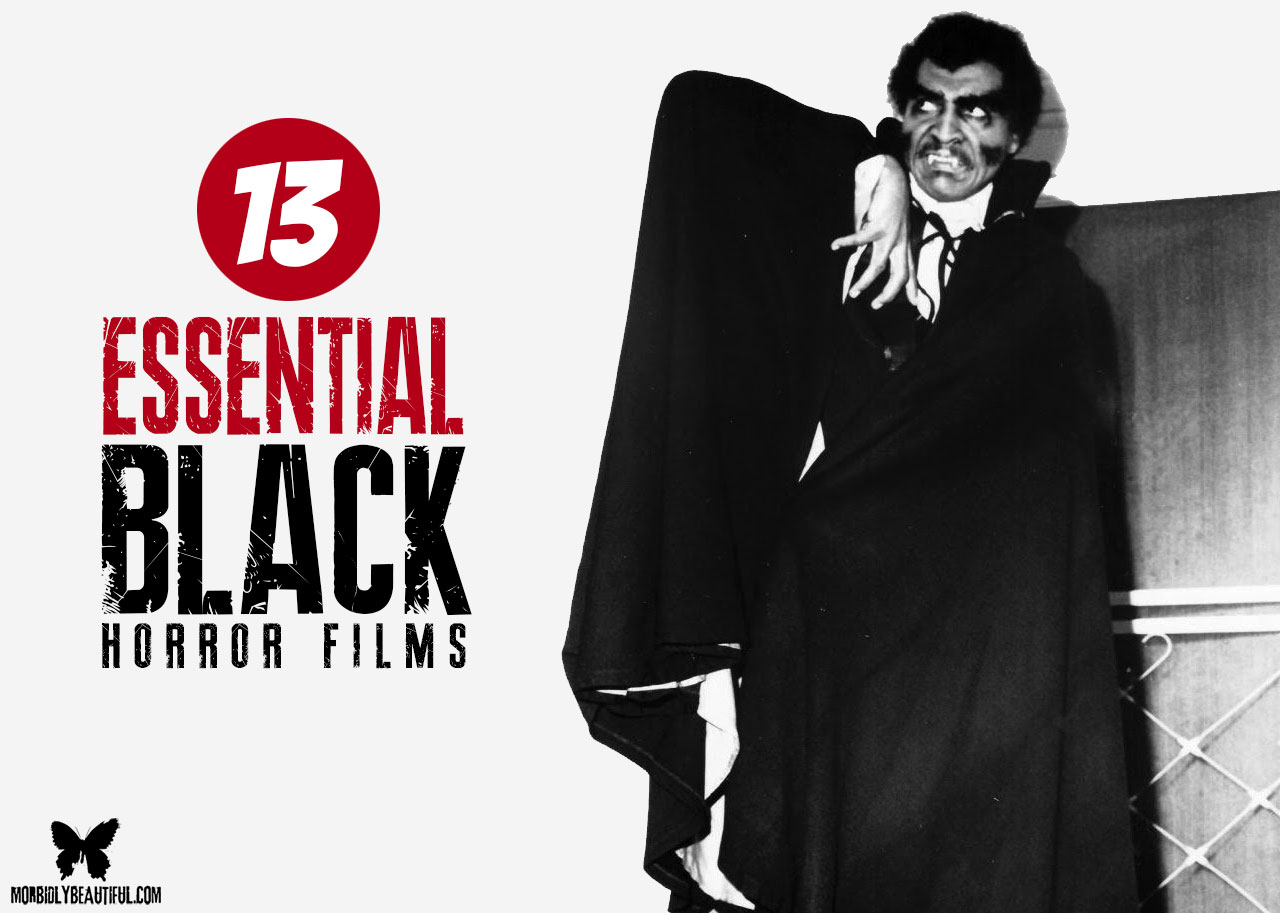
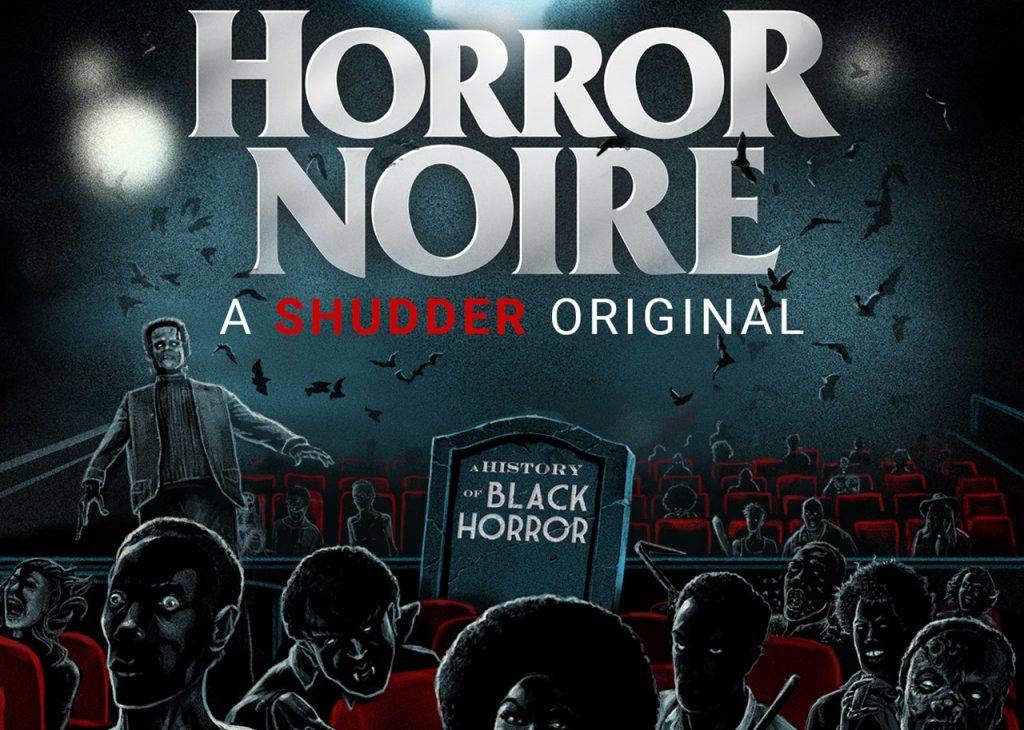
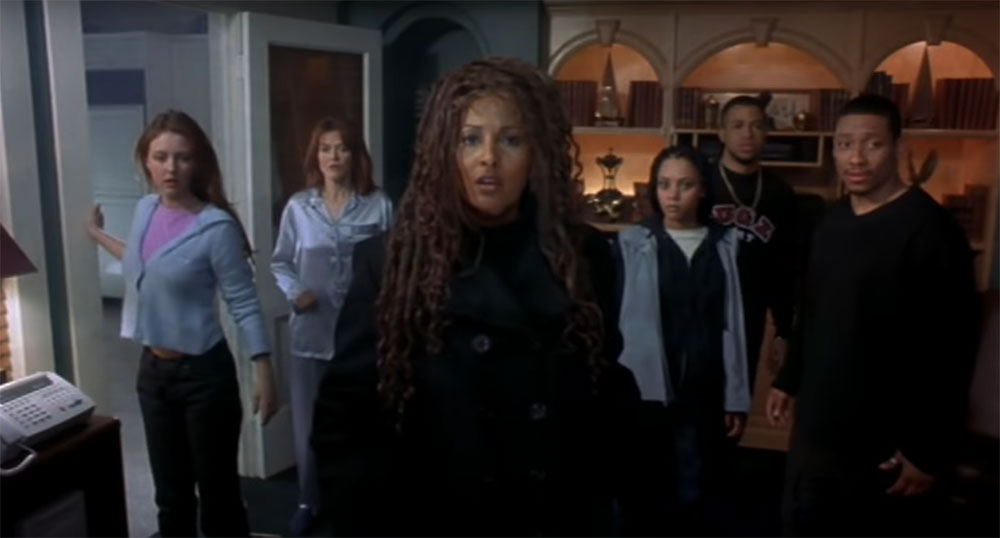
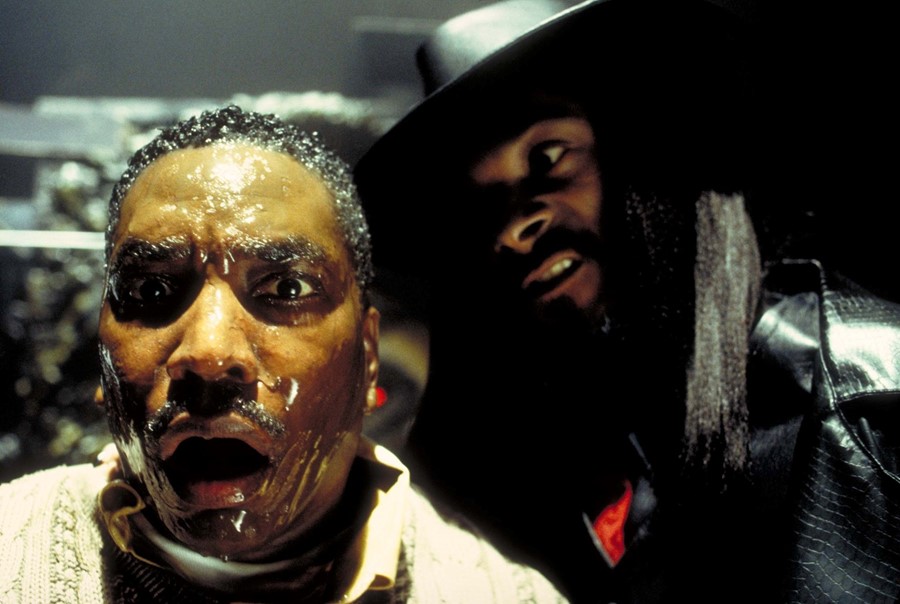
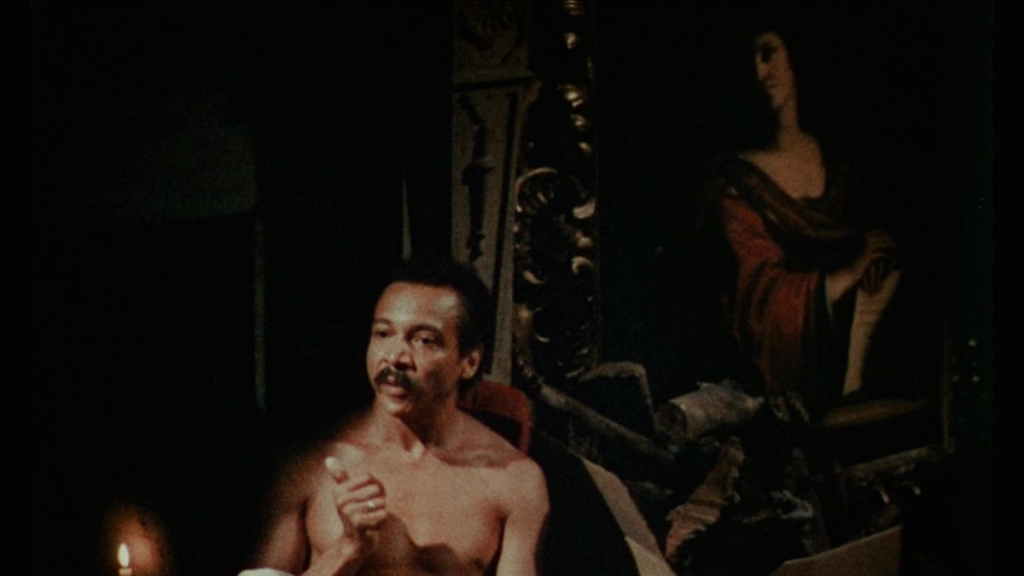
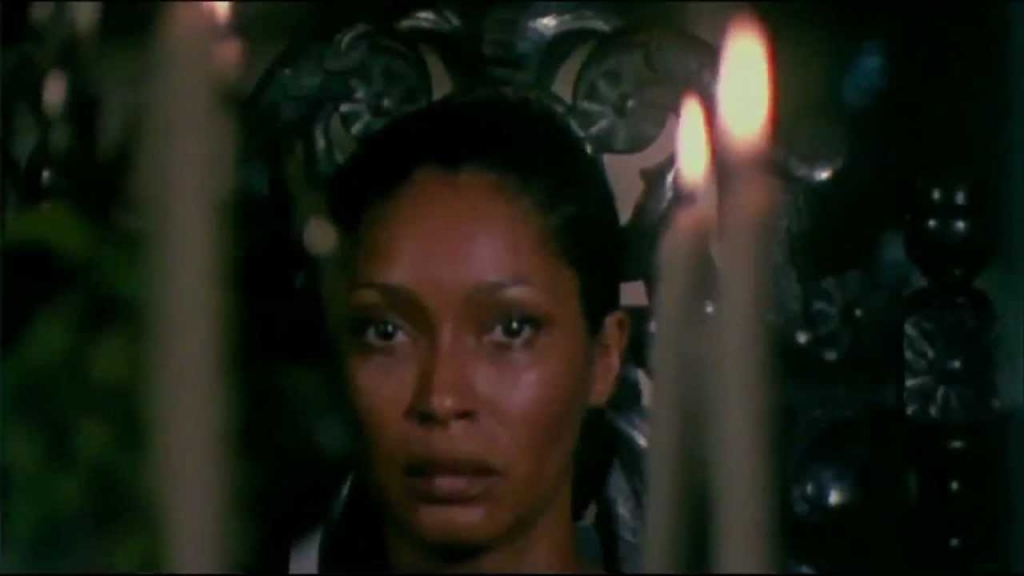
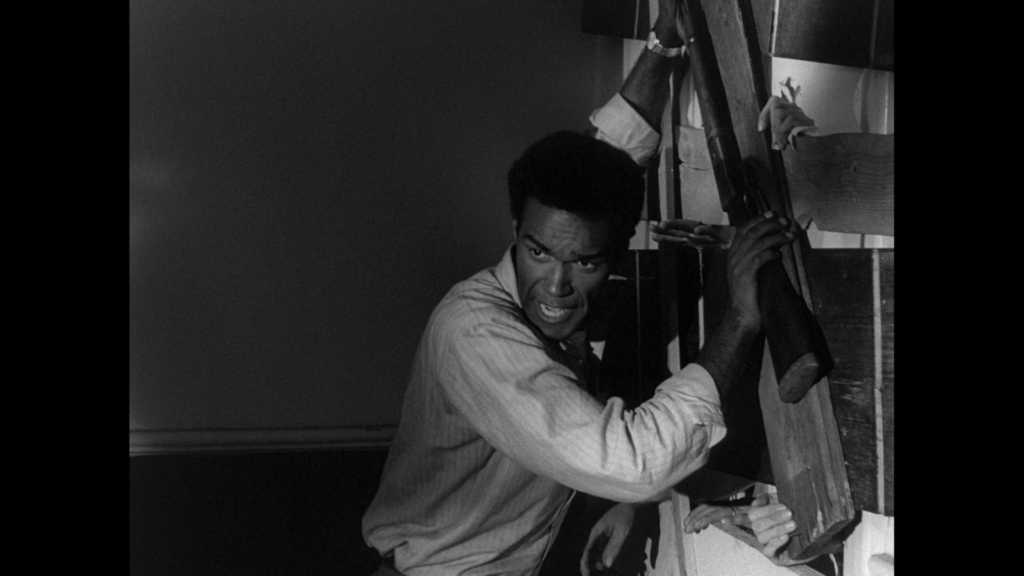

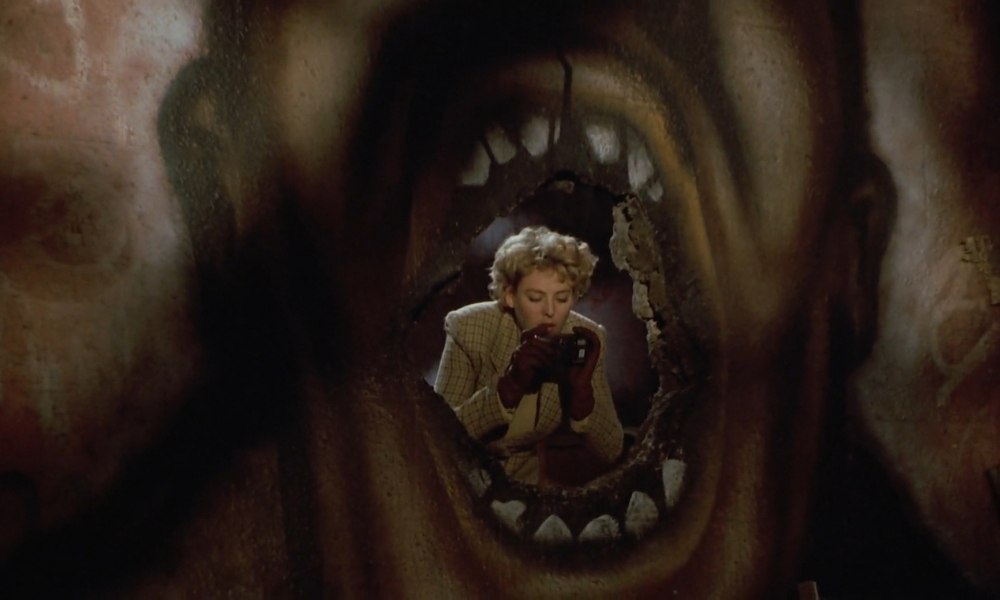
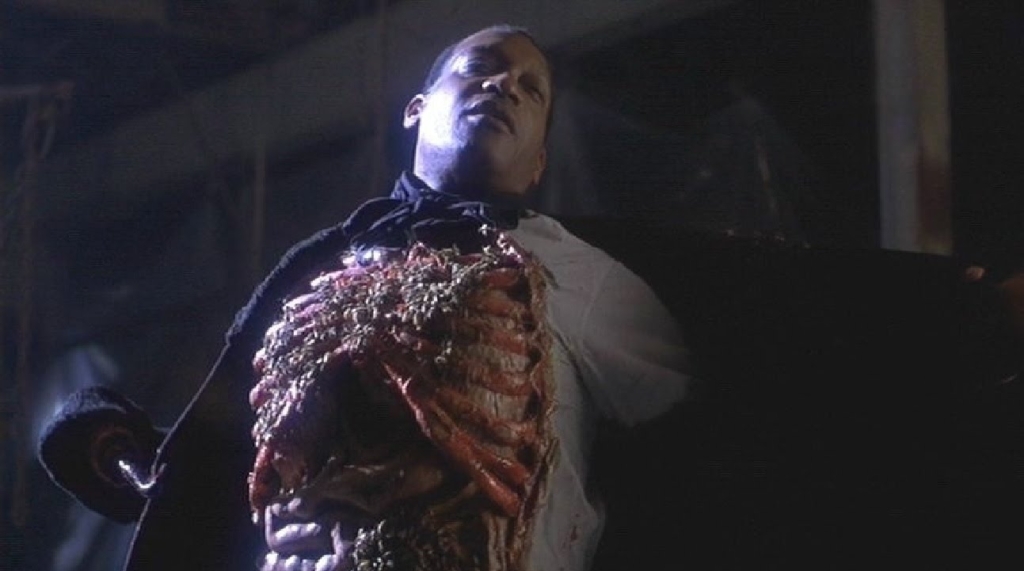
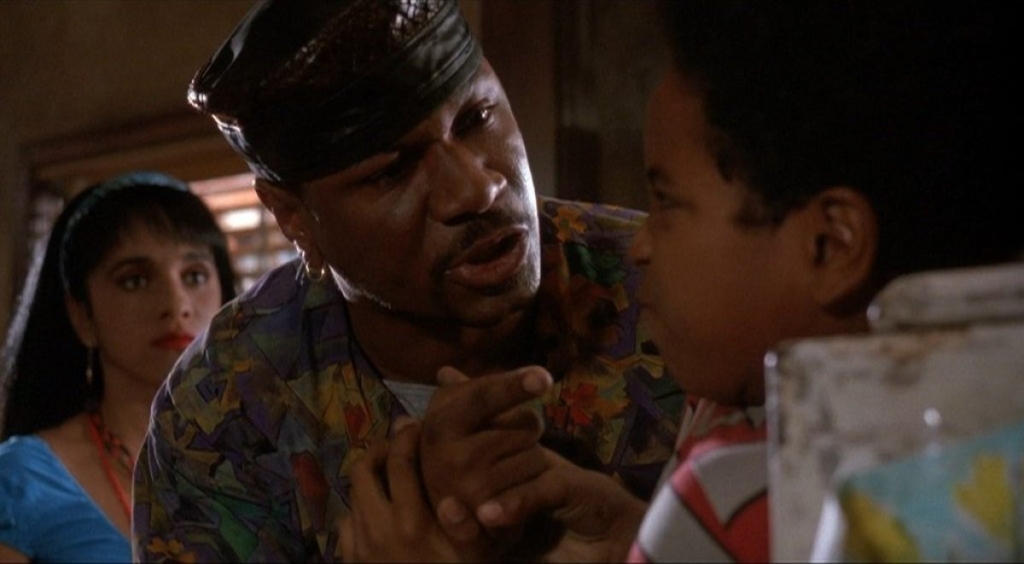
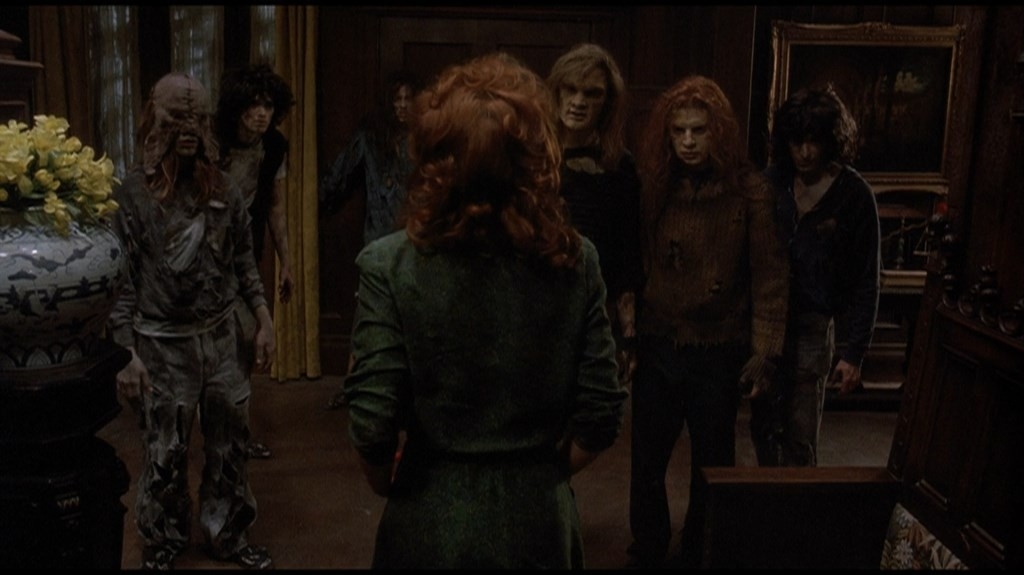

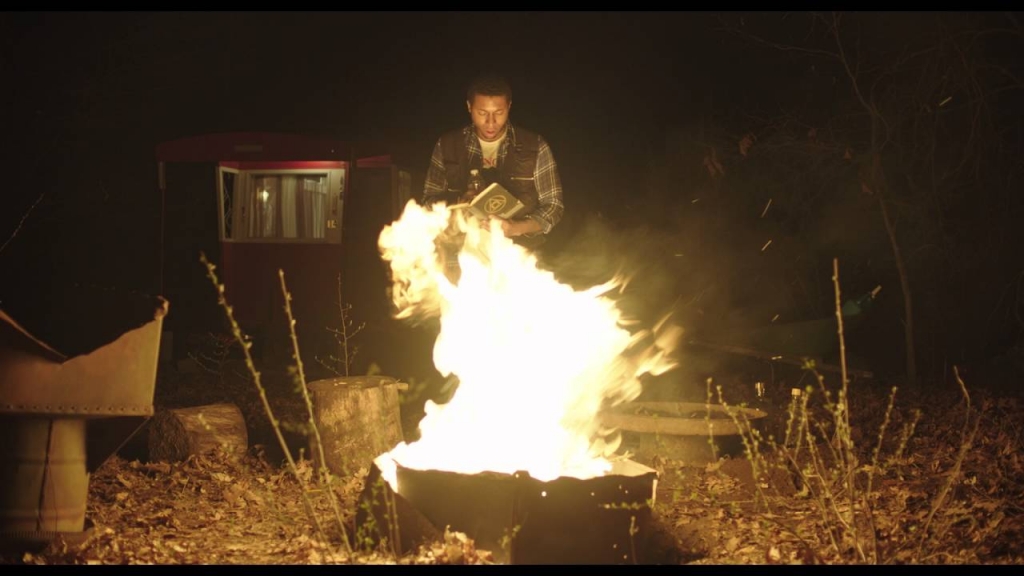
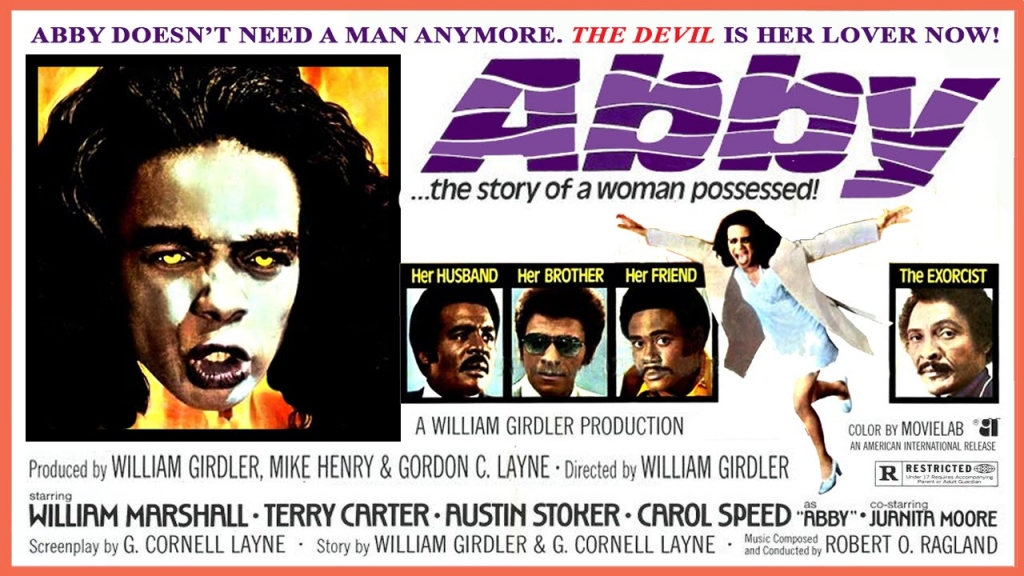
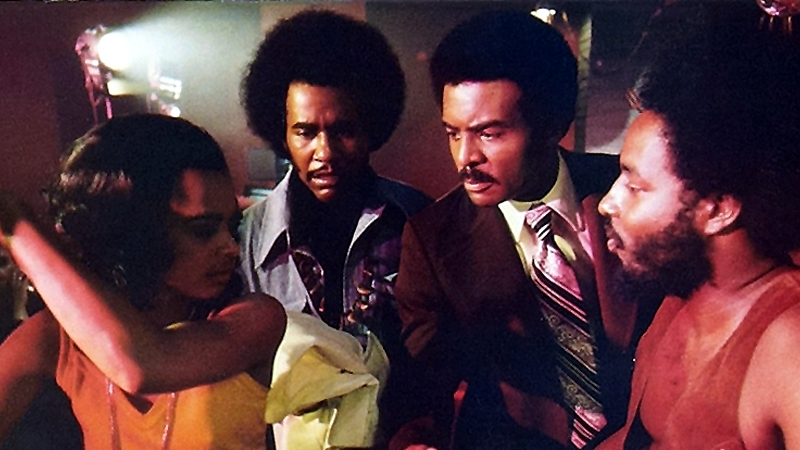
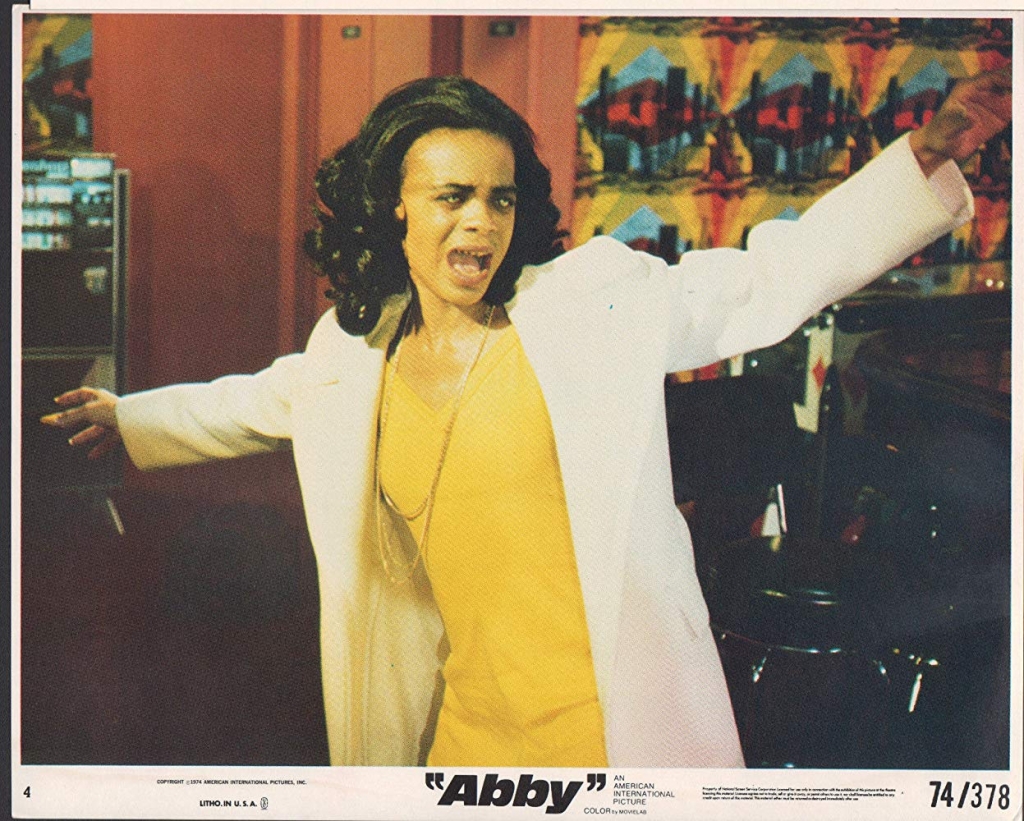
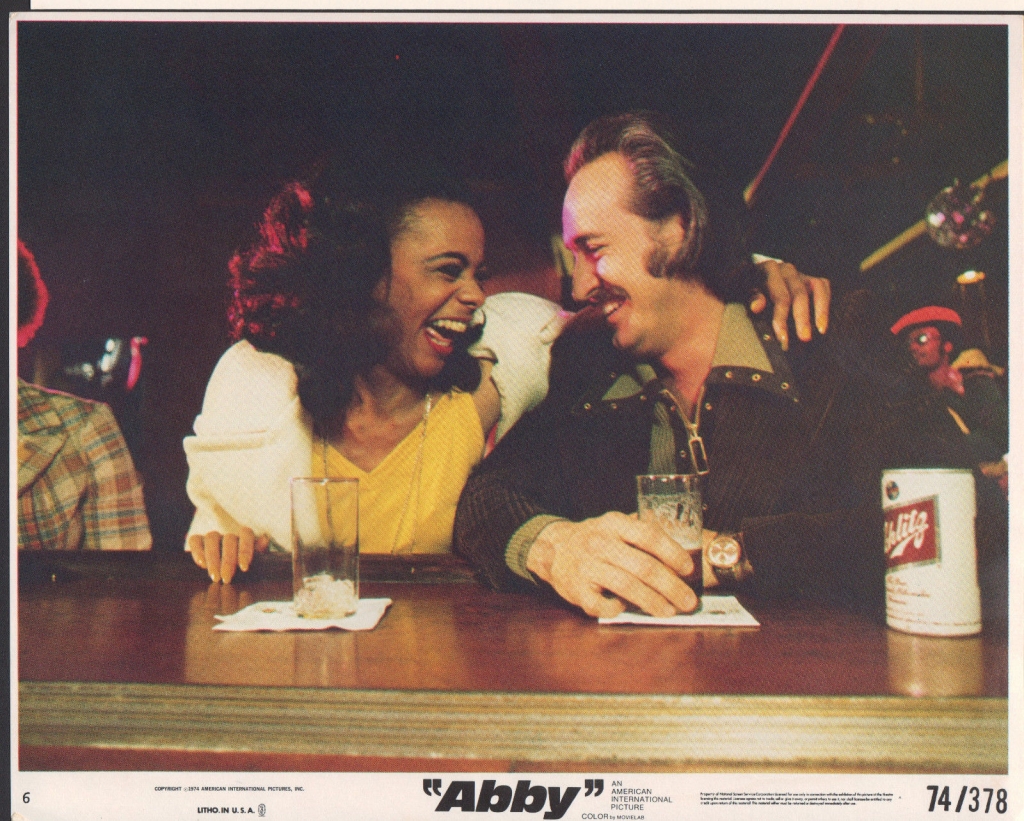

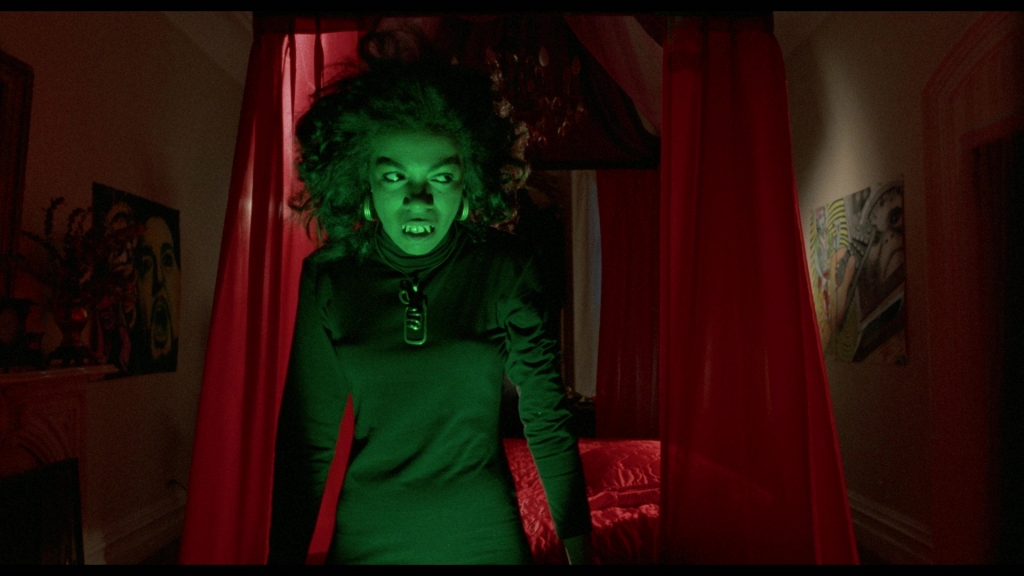

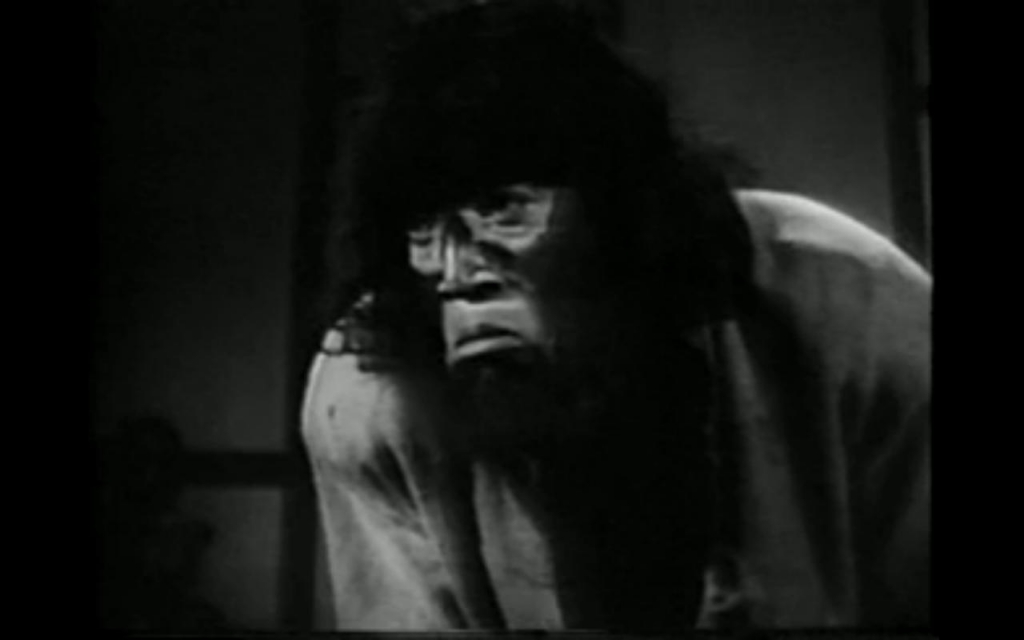
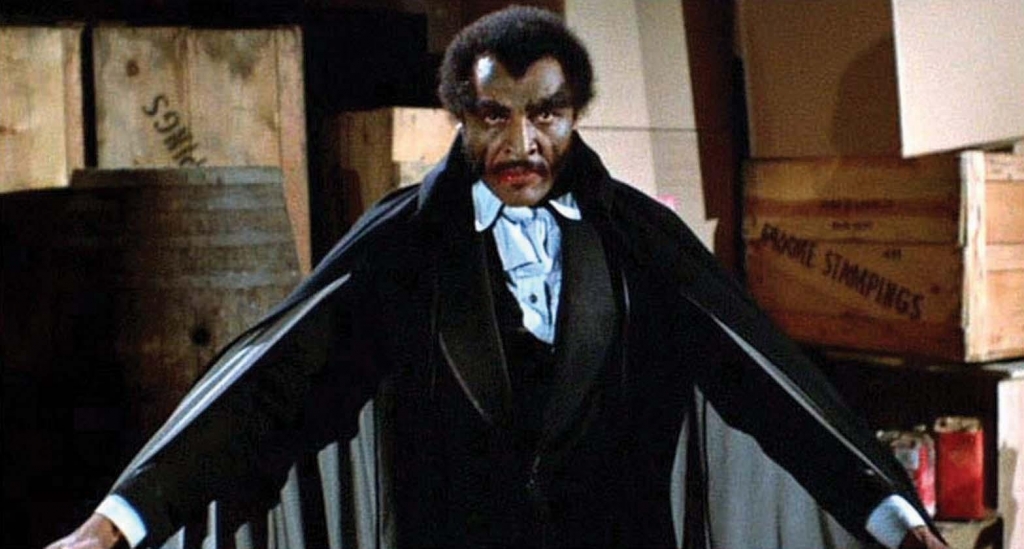
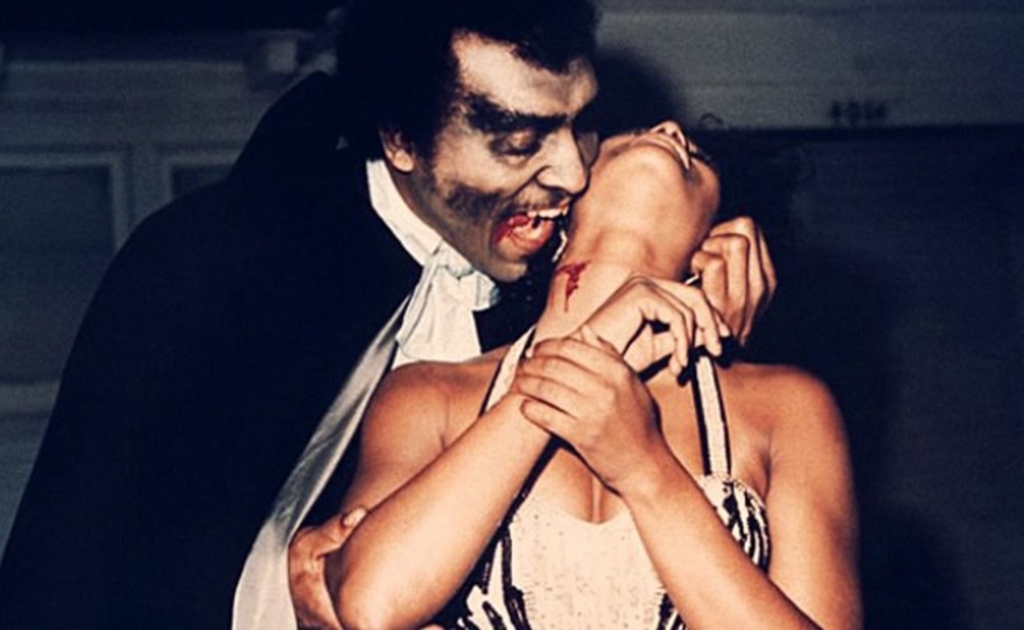

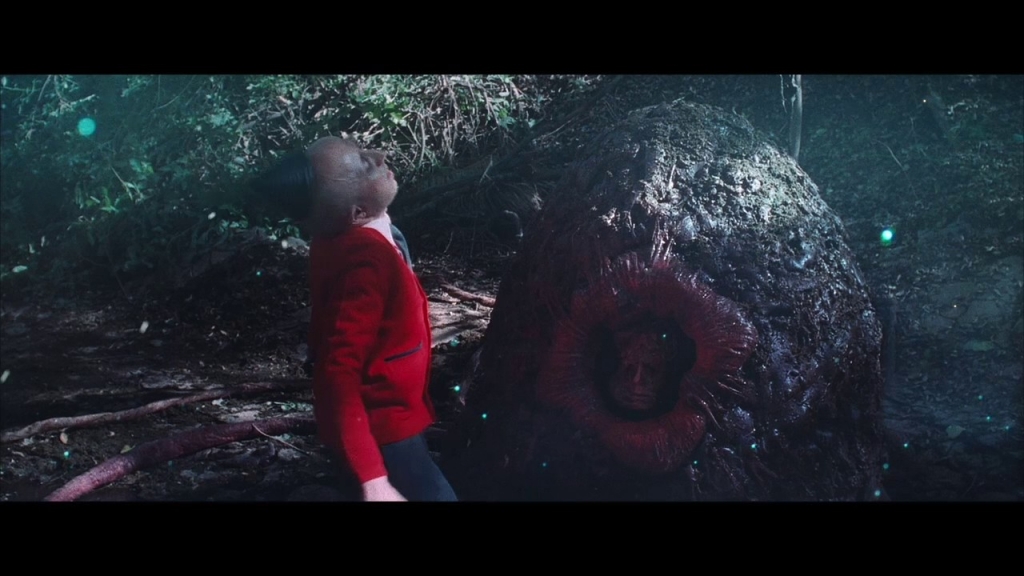

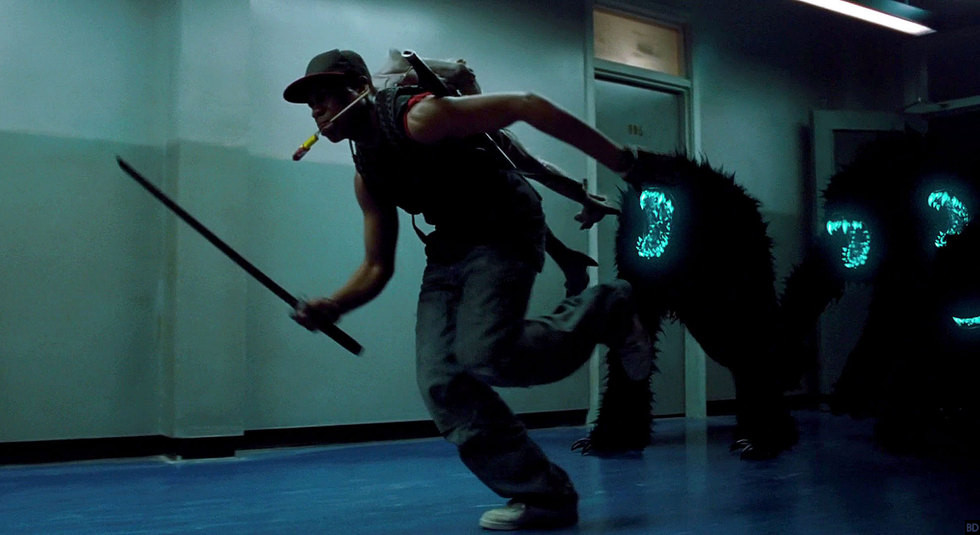
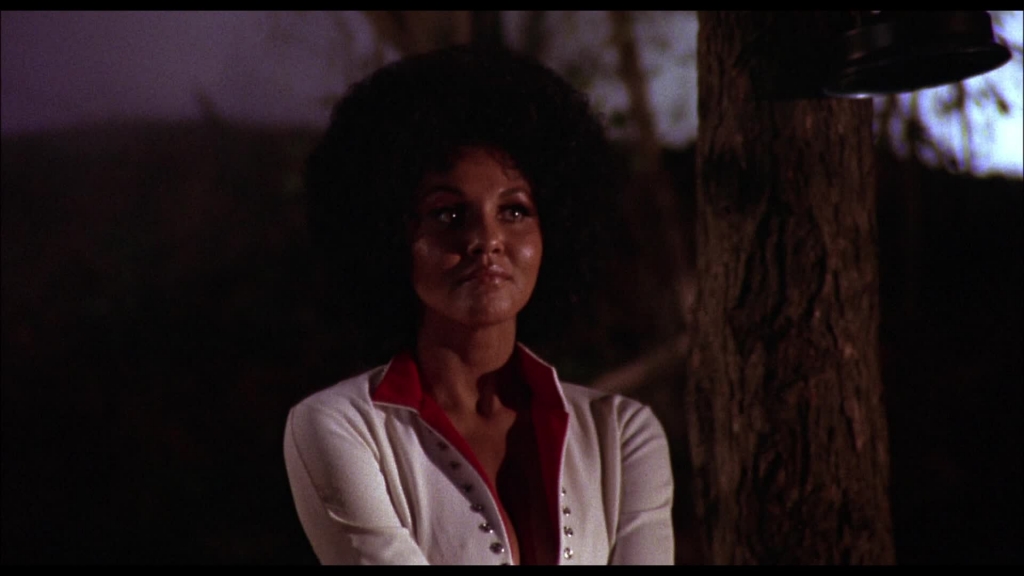
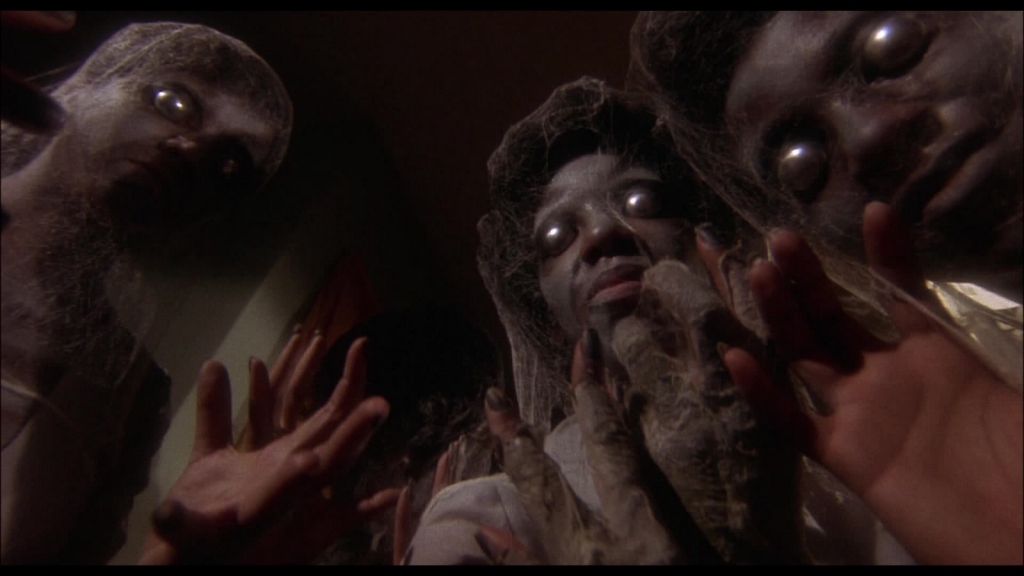
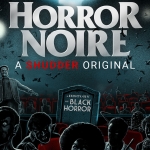
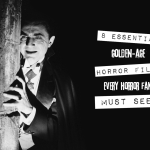
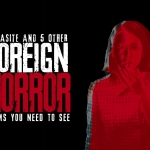
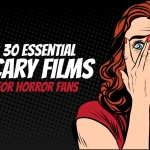







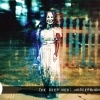




2 Comments
2 Records